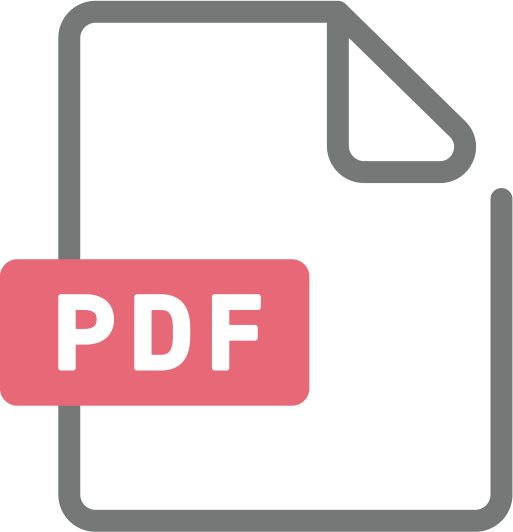Monetary Policy Effectiveness under the Ultra-Low Interest Rate Environment: Evidence from Yield Curve Dynamics in Japan
In this paper, I examine the effectiveness of monetary policy under the ultra-low interest rate environment in Japan through the lens of yield curve dynamics. To that end, I employ the dynamic Nelson-Siegel model with time-varying parameters, thereby computing indicators for tracing the easing effects of monetary policy. I show that the estimation performance of the yield curve models is sufficiently improved even under the ultra-low interest rate environment by extending the dynamic Nelson-Siegel model to allow a loading parameter to vary over time, in addition to three parameters of yield curve dynamics: level, slope, and curvature. However, I also demonstrate that the identification of the level and loading parameters is critical in assessing monetary policy effects based on the estimation results for the yield curve dynamics. I reveal that monetary easing effects under the Quantitative and Qualitative Monetary Easing (QQE) are produced by flattening the yield curve in the ultra-long-term maturities over 10-year while easing effects from maturities shorter than 10-year remain almost unchanged. I argue that monetary policy fails to produce sufficient easing effects within the time frame of the standard macroeconomic stabilization policy, even with the full-fledged implementation of unconventional monetary policy measures under the current ultra-low interest rate environment.


